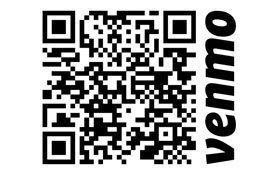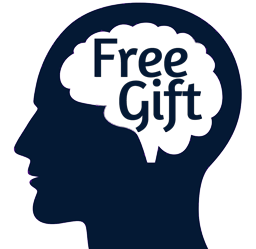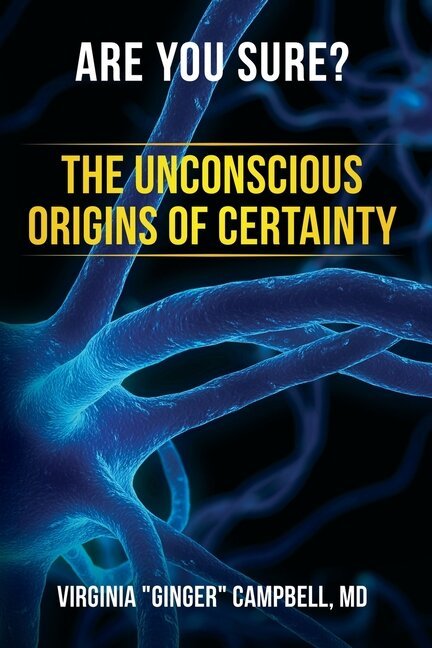What Do Mirror Neurons Really Do? (BSP 112)
/Ever since their chance discovery back in 1992 mirror neurons have captured the imagination of both scientists and nonscientists, but their actual role remains mostly speculative. In The Myth of Mirror Neurons: The Real Neuroscience of Communication and Cognition Dr. Gregory Hickok (UC-Irvine) explains why the most popular theory is probably wrong. He also provides a fascinating account of how science is really done and the sobering lesson that scientists can fall prey to the same cognitive biases (and tendencies toward laziness) that plague all humans.
I first discussed the discovery of mirror neurons back in BSP 35 when I featured Mirrors in the brain: How our minds share actions, emotions, and experience (2008) by Giacomo Rizzolatti and Corrado Sinigaglia. At that time what I found most fascinating was that since mirror neurons fire both when a subject (usually a monkey) performs an action and when a similar action is observed, this proves that single neurons are not necessarily purely motor or purely sensory. This surprising discovery seems to have been overshadowed in the rush to use mirror neurons to explain everything from autism to language evolution.
The latest Brain Science Podcast (BSP 112) features an interview with Dr. Gregory Hickok. BSP 35 is also available for FREE via the Brain Science Podcast Mobile APP.
How to get this episode:
Premium Subscribers have unlimited access to all old episodes and transcripts.
New episodes of the Brain Science Podcast are always FREE. The most recent 6 years of content is free. See the individual show notes for links the audio files
References and Links
Greg Hickok's Talking Brains blog
The Myth of Mirror Neurons: The Real Neuroscience of Communication and Cognition by Gregory Hickok
Mirrors in the brain: How our minds share actions, emotions, and experience (2008) by Giacomo Rizzolatti and Corrado Sinigaglia
The Man Who Mistook His Wife for a Hat: and other Clinical Tales by Oliver Sacks
See the episode transcript for additional references.
Related Episodes:
BSP 35: introduction to Mirror Neurons (free as an episode extra if you use the BSP mobile app)
BSP 39: Dr. Michael Arbib on the possible role of mirror neurons in language evolution (note this interview doesn't represent his current views)
Announcements:
Next month's episode will provide exclusive coverage of "Neuroplasticity and Healing" an event being hosted by the Dalai Lama at the UAB School of Medicine.
The most recent 25 episodes of the Brain Science Podcast are always FREE. Older episodes and episode transcripts are available for $1 each. Premium subscribers have unlimited access to all 100+ episodes and transcripts.
Reminder: The Brain Science Podcast mobile app is now FREE for iOS, Android and Windows Mobile. Check newer episodes for extra free content!
Don't forget to check out my other podcast Books and Ideas.
Please share your feedback about this episode by sending email to brainsciencepodcast@gmail.com or going to the Brain Science Podcast Discussion Forum at http://brainscienceforum.com. You can also post to our fan pages on Facebook or Google+.












